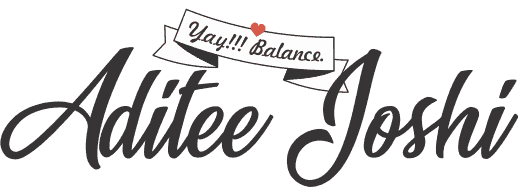Estimates are developed in conjunction with the project manager, other team members, and according to the approved organizational process assets, including methodology and templates for developing estimates. This estimate will provide the project team with a tool for measuring the status and progress of each task.
Estimates can be developed using a variety of techniques. Some are listed below:
Analogous estimating is using a similar project as the basis for developing estimates for the current project. It is used when little is known. Analogous estimating is often used to develop a rough order of magnitude (ROM) estimate, and is also known as “top-down” estimating. For example the business analyst, from all that is known, thinks that the business analysis activities and time frames are similar to those of a prior project and uses those. This is usually done at the beginning of the project or project phase and more detailed estimates follow as more is known.
Parametric estimating – It is the use of parameters, multiplied by the number of hours. For parametric estimating to be usable, enough history has to be available. With this type of estimating, the business analyst has done enough work to determine which parameters can be used and how many there will be.
For example, the business analyst has determined that there will be ten use cases developed. The BA also has history that indicates for each use case the total hours that will be spent, in this case will be 20 hours. Using this technique, the BA can multiply 10 x 20 to get a total, or 200 hours.
Bottom-up – Using this technique the BA has collected the deliverables, activities, tasks, and estimates from all the involved stakeholders and rolls them up to get a total for all the business analysis activities and tasks.
Rolling wave – This is a technique involving refinement of estimates. The BA can estimate the details for the business analysis activities for the current iteration or increment and provide an analogous estimate for the entire scope of work for business analysis activities. As the end of the iteration approaches, the BA can complete estimates for the next iteration and refine the initial estimate for all the business analysis activities for the project.
Three-point estimates uses scenarios for:
- The most optimistic estimate,or best-case scenario
- The most pessimistic estimate,or worst-case scenario,or the most likely estimate.
Vendor bid analysis – After submitting a Request for Proposal from vendors, such as for commercial packages for software, the BA compares the returned bids for reasonableness, schedule, and cost estimates, and chooses a vendor based on known criteria.
Historic analysis – It uses history as a basis for estimating. It is similar to analogous, but is used not only for the top-down estimate, but for the detailed tasks as well. Historic estimates require prior project records, whether maintained formally in a project repository or informally in individual project documentation. In either case, this technique works best in organizations where tracking actuals against estimates is an organizationally-accepted process.
Expert judgment – This type of estimating relies on the expertise of those who have performed the work in the past. These experts can be internal or external to the project team or to the organizations.
Delphi – It uses a combination of expert judgment and history. There are several variations on this process, but they all include individual estimates, sharing the estimates with experts, and having several rounds until consensus is reached. An average of the three estimates is used. Sometimes the average is weighted by taking the optimistic, pessimistic and four times the most likely, dividing by six to get the average.
Share your opinion using the comments section.

















